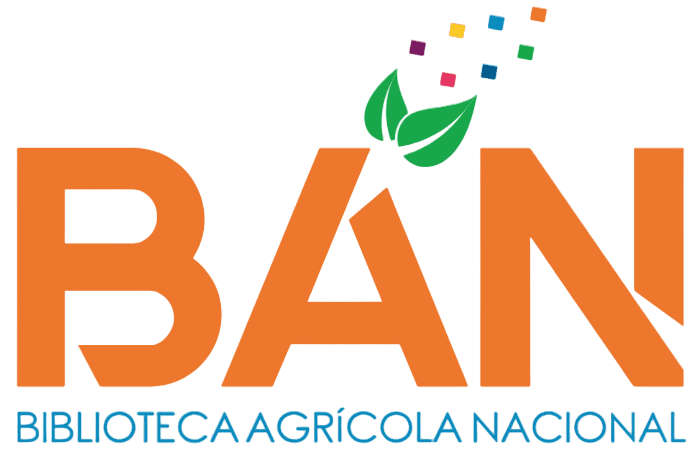Consanguinidad y parentesco derivado de herramientas genómicas y pedigri de los vacunos del establo San Juan de Yanamuclo-Concepción, Junín
Loading...
Código QR
Authors
Huamaní Torres, Anel Melina
Contact Email
Abstract
El presente estudio tuvo como objetivo estimar la consanguinidad y el parentesco en 159 animales de la raza Brown Swiss nacidas entre 2011 y 2022, utilizando métodos basados en pedigrí y genómica. Para el genotipado de las muestras se empleó la micromatriz Axiom™ Bovine Genotyping v3 (60k), mientras que los datos genealógicos abarcaron 832 individuos, conformada por 3 generaciones completas y un promedio de 2.28 generaciones equivalentes. El coeficiente de consanguinidad por pedigrí (FPED) fue 1.40% y el coeficiente de consanguinidad genómica (FROH) se calculó utilizando el método de series de homocigosidad (ROH) con tres umbrales: ROH ≥ 2 Mb, ROH ≥ 4 Mb y ROH ≥ 16 Mb, obteniéndose valores promedio de consanguinidad de 11.35%, 9.8% y 3.6%, respectivamente. El parentesco promedio por pedigrí fue 7.09% y el parentesco genómico se estimó con GCTA, obteniendo un promedio de 0.55%. Las correlaciones entre el FPED y FROH (ROH ≥ 2 Mb, ROH ≥ 4 Mb y ROH ≥ 16 Mb) fueron 23.5% 24.16% y 31.33%, respectivamente. La correlación entre el parentesco genómico y por pedigrí fue de 84.91%. Adicionalmente, se realizó un análisis de varianza (ANOVA) para evaluar las diferencias significativas entre los coeficientes de consanguinidad, seguido de una prueba de Tukey para comparaciones múltiples. Los resultados revelaron diferencias significativas (p < 0.001) entre los coeficientes analizados. Este estudio destaca la utilidad de los métodos genómicos para complementar las herramientas tradicionales en el manejo genético, por lo que implementación puede contribuir significativamente a la toma de decisiones en programas de mejoramiento genético y conservación de recursos zoogenéticos.
The present study aimed to estimate inbreeding and relationship in 159 Brown Swiss cattle born between 2011 and 2022, using pedigree and genomics based methods. Sample genotyping was performed using the Axiom™ Bovine Genotyping v3 (60k) microarray, while genealogical data encompassed 832 individuals, comprising three complete generations with an average of 2.28 equivalent generations. The pedigree-based inbreeding coefficient (FPED) was 1.40%, whereas the genomic inbreeding coefficient (FROH) was calculated using the runs of homozygosity (ROH) method with three thresholds: ROH ≥ 2 Mb, ROH ≥ 4 Mb, and ROH ≥ 16 Mb, yielding average inbreeding values of 11.35%, 9.8%, and 3.6%, respectively. The average relationship estimated from pedigrees was 7.09%, while the genomic relatioship, estimated with GCTA, showed an average of 0.55%. The correlations between FPED and FROH were 23.5% (ROH ≥ 2 Mb), 24.16% (ROH ≥ 4 Mb), and 31.33% (ROH ≥ 16 Mb). The correlation between genomic and pedigree-based relationship was 84.91%. Additionally, an analysis of variance (ANOVA) was performed to evaluate significant differences among the inbreeding coefficients, followed by a Tukey test for multiple comparisons. The results revealed significant differences (p < 0.001) among the coefficients analyzed. This study highlights the utility of genomic methods as a complement to traditional tools in genetic management, and their implementation can significantly contribute to decision-making in genetic improvement programs and the conservation of zoogenetic resources.
The present study aimed to estimate inbreeding and relationship in 159 Brown Swiss cattle born between 2011 and 2022, using pedigree and genomics based methods. Sample genotyping was performed using the Axiom™ Bovine Genotyping v3 (60k) microarray, while genealogical data encompassed 832 individuals, comprising three complete generations with an average of 2.28 equivalent generations. The pedigree-based inbreeding coefficient (FPED) was 1.40%, whereas the genomic inbreeding coefficient (FROH) was calculated using the runs of homozygosity (ROH) method with three thresholds: ROH ≥ 2 Mb, ROH ≥ 4 Mb, and ROH ≥ 16 Mb, yielding average inbreeding values of 11.35%, 9.8%, and 3.6%, respectively. The average relationship estimated from pedigrees was 7.09%, while the genomic relatioship, estimated with GCTA, showed an average of 0.55%. The correlations between FPED and FROH were 23.5% (ROH ≥ 2 Mb), 24.16% (ROH ≥ 4 Mb), and 31.33% (ROH ≥ 16 Mb). The correlation between genomic and pedigree-based relationship was 84.91%. Additionally, an analysis of variance (ANOVA) was performed to evaluate significant differences among the inbreeding coefficients, followed by a Tukey test for multiple comparisons. The results revealed significant differences (p < 0.001) among the coefficients analyzed. This study highlights the utility of genomic methods as a complement to traditional tools in genetic management, and their implementation can significantly contribute to decision-making in genetic improvement programs and the conservation of zoogenetic resources.
Description
Universidad Nacional Agraria La Molina. Facultad de Zootecnia. Departamento
Académico de Producción Animal
Keywords
Genómica
Citation
Date
2025
Collections
Seleccionar año de consulta:
Licencia de uso

Excepto si se señala otra cosa, la licencia del ítem se describe como info:eu-repo/semantics/openAccess

